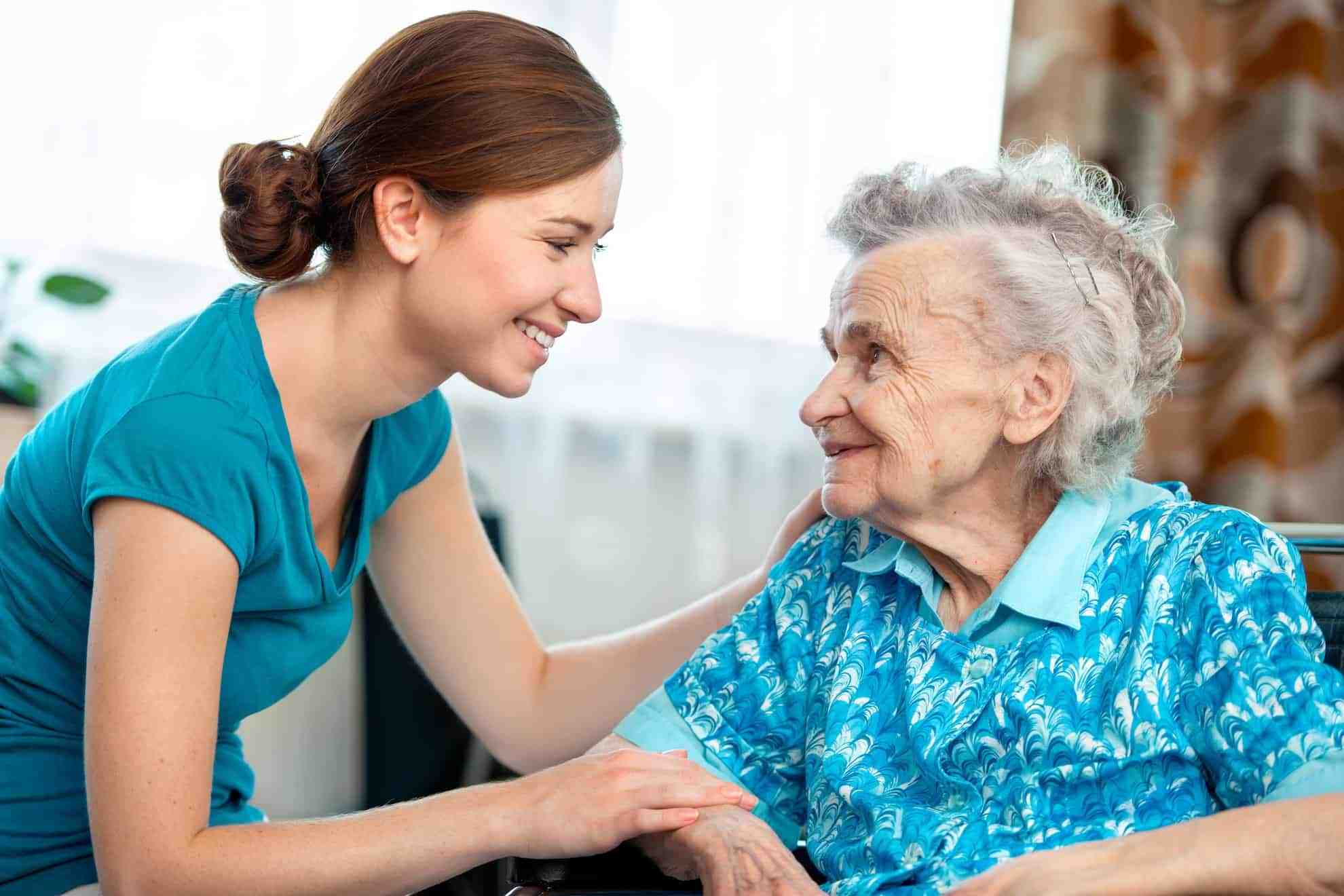Is your home safe enough for seniors?

In this session of Caregiver Tip Tuesdays we identify ways to make your home safe for seniors.
We've all heard about people "baby proofing" their homes, but what if the person coming into your home isn't a baby but a senior? As a caregiver the safety of the person you are caring for is of great importance. Taking the time to ensure that your home is safe for them can greatly alleviate any stresses or anxiety you may be feeling about taking care of someone who is elderly. To start, survey the areas of your house that your loved one will likely frequent, you want to ensure that these places are top priority. Look out for the following hazards:
- Tripping hazards: rugs, runners or walkways that are too cluttered
- Poor lighting: dark hallways or rooms
- Slippery flooring : ceramic tiles, hardwood floors and bathroom or shower floors
- Sharp or hazardous furniture: glass tables with sharp edges or unstable furniture
Once you've identified the follow hazards throughout your house, take the necessary steps to minimize and/or eliminate as many hazards as you can. Here are a few suggestions on ways to make the following rooms in your house safer for your aging loved one:
Kitchen:
- Keep the oven range and sink areas well lit for easy and safe access.
- Keep items that will be used by your loved one regularly in an easy to reach place. This can be done by placing a few cups, mugs and plates on counter tops as opposed to high shelves or low cabinets.
- Dangerous kitchen utensils such as knives, forks or blades should be kept in a closed drawer.
Bathroom:
- Place grab rails next to the toilet and in the bathtub or shower to allow for assistance.
- Place non- slip mats in the bathtub and on shower floors ( if possible look at getting your bathroom flooring re- tiled in a matte-finished texture to reduce the changes of slips when going in and out of the bathtub/shower.)
- Ensure electrical sockets have been grounded.
Bedroom:
- Keep a clear pathway between the doorway and the bed. Also make sure there is plenty of room to walk around the bed.
- Have a nightlight that clearly illuminates the path from the bed to the hallway and/or bathroom.
- Consider having a phone or alert device beside the bed in the event of an emergency.
Remember to allow yourself the flexibility to change your space in order to fit you and your loved one's caregiving needs. The safety mechanisms you put in place now may change as your loved one ages or their condition changes.